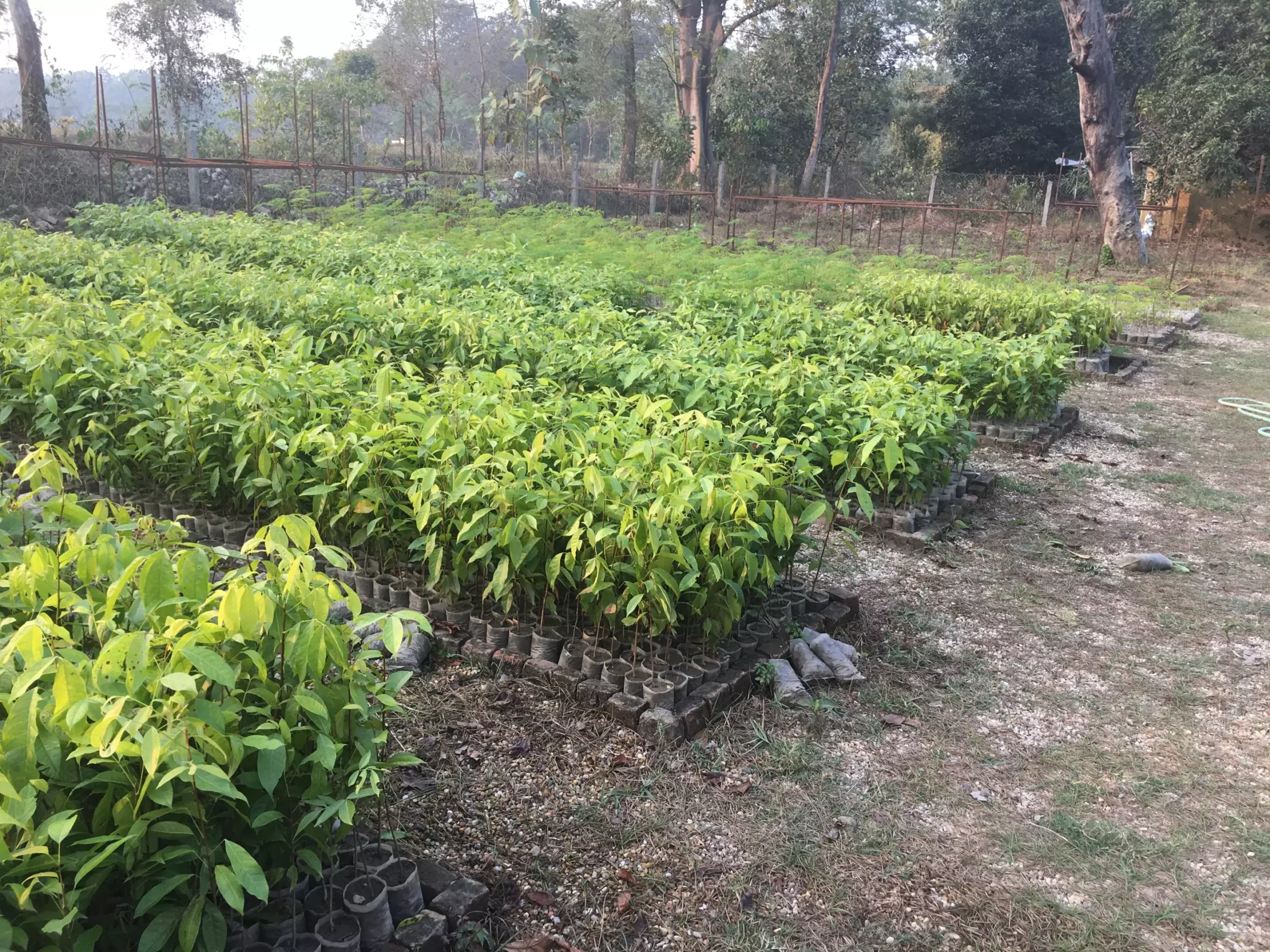As climate change accelerates, innovative solutions are imperative. A recent study published in *Nature Climate Change* sheds new light on how reforestation, especially in low- and middle-income countries, can play an extraordinary role in mitigating this crisis. This research reveals that strategically implemented reforestation practices could extract up to ten times more carbon dioxide from the atmosphere than previously envisioned—at a fraction of the cost. The implications of this study are profound, particularly for regions struggling with deforestation who may also lack the resources for extensive replanting initiatives.
The Natural Pathway to Restoration
Traditionally, reforestation efforts have primarily hinged on planting trees. While this method has its merits, the study argues that nearly half of potential reforestation sites may yield higher carbon sequestration rates if ecosystems are allowed to recover autonomously. The nuance here lies in understanding that nature’s resilience can often outperform human intervention. Allowing forests to grow back through natural regeneration leverages the existing seed bank and local ecological processes, which can lead to healthier, more biodiverse ecosystems.
The findings also indicate that reliance on timber markets is crucial for promoting large-scale reforestation efforts. Timber plantations have shown the ability to sequester carbon at competitive costs, challenging the conventional wisdom that prioritizes natural growth alone. By integrating economically viable timber products, forestry can serve a dual purpose—combating climate change while contributing to local economies.
A Balanced Approach: Synergy of Planting and Natural Growth
What stands out from this research is the value of a mixed approach to reforestation. By combining tree planting with naturally regenerated forests, carbon sequestration efforts can achieve unprecedented efficiencies. Jonah Busch, the study’s lead author, emphasizes that this hybrid model not only maximizes carbon capture but also fosters greater biodiversity, which in turn supports resilient ecosystems. Many conservationists have argued that biodiversity is crucial not only for ecological health but also for the long-term viability of reforestation efforts.
The concept pushes back against the oversimplified view that one method is superior to another. Instead, the study urges policymakers and stakeholders to assess the unique conditions of each site—reviewing local growth rates, land use practices, and even proximity to natural seed sources and wood-processing facilities. This tailored approach can lead to more effective allocation of funding and resources in regions desperately in need of restoration.
Incentivizing Reforestation Through Carbon Payments
In addition to these innovative methods, financial frameworks like carbon payments present compelling opportunities for incentivizing reforestation. Corporations and organizations looking to offset their emissions are increasingly turning to these markets. By developing financial incentives, reforestation projects gain a lifeline, making it economically feasible to restore degraded landscapes. Vincent notes that in certain regions, carbon payments alone might justify significant reforestation initiatives, thus addressing some of the financial barriers that limit restoration potential.
However, it’s essential to approach carbon payment systems with a critical lens. These systems must be designed to ensure local communities benefit directly, preventing the commodification of natural resources at their expense. By tying financial recovery back to both ecological integrity and social equity, we reinforce the resilience necessary to confront climate change collectively.
Data-Driven Strategies for Efficient Resource Allocation
The researchers behind this study leveraged sophisticated modeling techniques to create a comprehensive map delineating the most cost-effective reforestation strategies by region. This resource promises to be invaluable for governments, NGOs, and businesses alike, allowing them to allocate their restoration budgets with precision. With a global view of where different reforestation strategies can be most effective, these entities can invest wisely.
In an era where data-driven decision-making is paramount, this pioneering work stands out as a beacon of hope. It highlights not only the potential for reforestation to address climate change more effectively but also the possibility of harmonizing environmental goals with economic necessities. This study should serve as the foundation for future initiatives that prioritize sustainable development and ecological restoration, driving us toward a climate-resilient future.


Leave a Reply